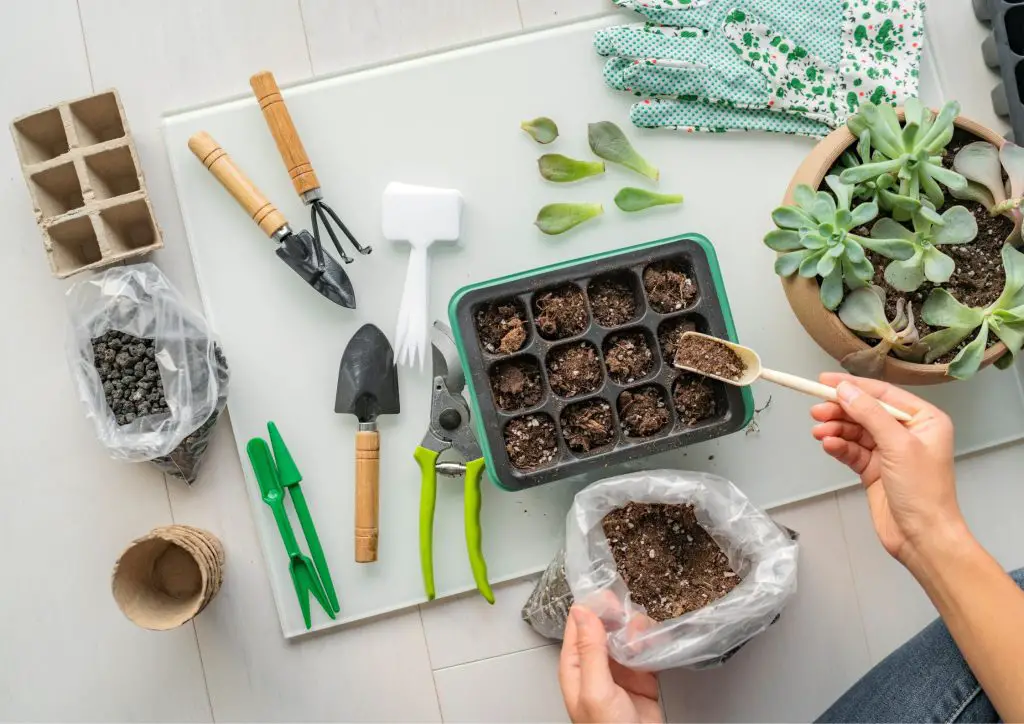A small garden, though seemingly difficult initially, can be converted into a beautiful and blossoming landscape with sufficient maintenance and focus. Whether your interest lies in cultivating your own produce or merely desiring a serene area to unwind outside, there exist numerous strategies to optimize your garden’s potential.
To maximize a small garden’s potential, prioritize effective gardening and landscaping techniques. As a beginner, you may face difficulty in the upcoming work. However, you need to begin somewhere, and the following advice will help you in achieving your goal.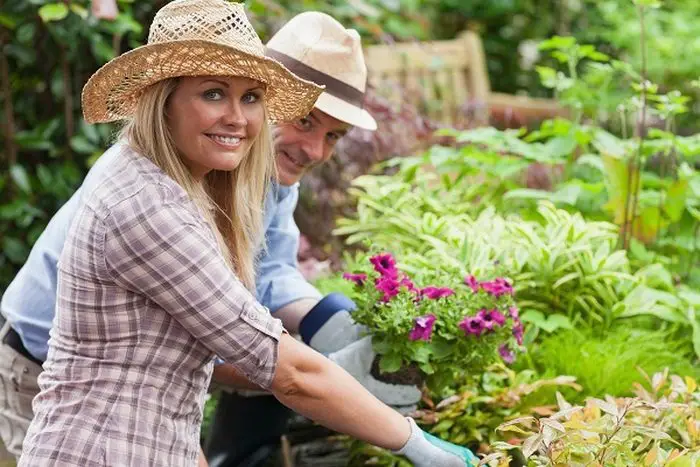
Contents
Successful Gardening and Landscaping
Gardening and landscaping are excellent methods to enhance the visual appeal and individual characteristics of a residence. The wide-ranging variety of plants and equipment available might be overwhelming for novices. However, don’t be afraid, for this post is intended to help you in navigating the world of gardening and landscaping.
Create your dream garden with this tutorial, learning the basics of gardening and landscaping. From crafting a vegetable garden to adding some blooms to your yard, gain the necessary knowledge and skill to start your journey.
Layout and Design
When dealing with gardening and landscaping a small area, one must prioritize the arrangement and style of their garden. By carefully organizing, an illusion of depth and size can be established, making the garden seem bigger. This can be obtained with the use of tracks, elevated garden beds, and the careful positioning of plants and elements.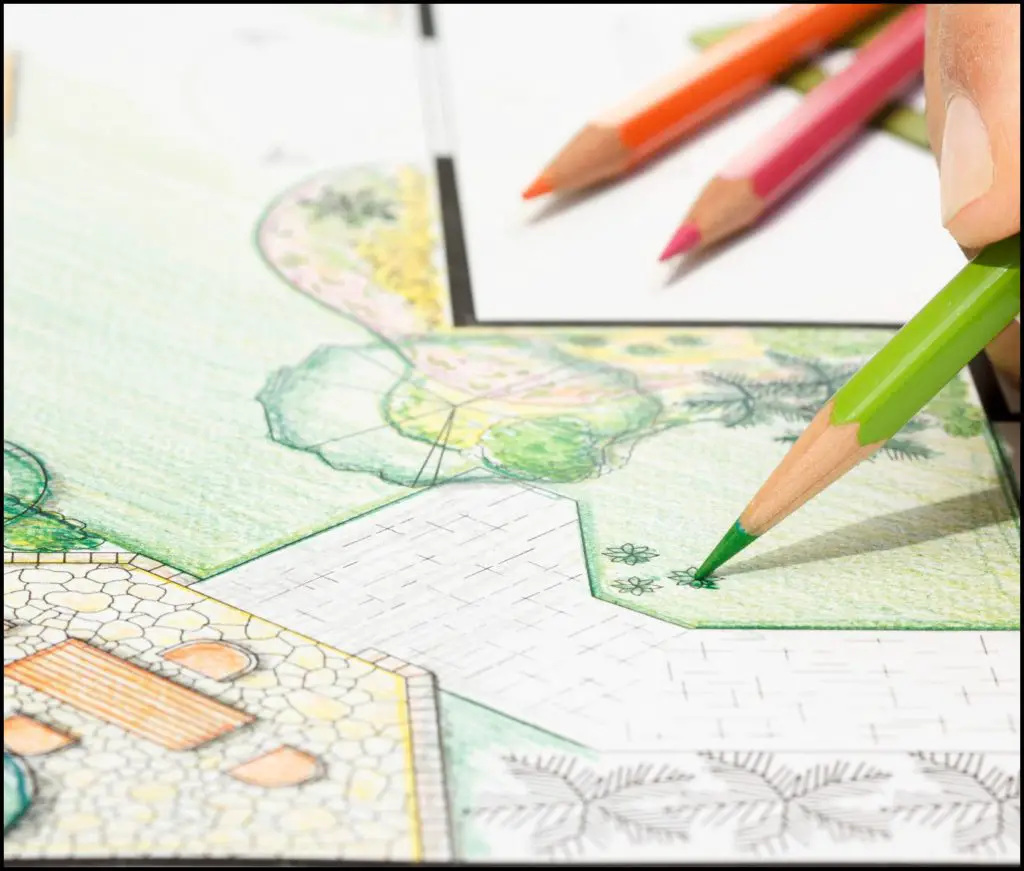
Plan the placement of plants, variety, and even the colour of flowers if you’re planning on infusing some colour schemes in your garden. If you’re in an area that’s not subjected to extreme weather conditions then you don’t need to plant in cycles for ornamental plants.
Proper Plant Selection
Another key element of successful gardening in a small space is proper plant selection. Selecting plants adapted to your climate and growing conditions promotes their health and year-round visual appeal. This includes various options such as annuals, perennials, shrubs, and trees, as well as herbs and vegetables for consumption.
If you’re planting fruit-bearing plants, vegetables and herbs, then you can experiment with vertical garden designs. Having a design at the onset saves you precious time as it will serve as your guide to keep you focused on the task at hand.
Consider the Maintenance
Creating and upholding a beautiful garden can be a satisfying project, but it demands diligence and commitment. In addition to choosing appropriate plants, it is crucial to consider their maintenance necessities, such as regular hydration, nourishment, trimming, and controlling infestations and diseases.
Neglecting these duties can have threatening consequences for your garden. Even a small garden requires your attention and care.
Watering
Watering plants correctly is essential for their health and growth. To avoid root decay and plant death, it is critical to provide an appropriate amount of water without going overboard. Maintaining balance and adequately watering are essential.
Fertilizing
Fertilization is crucial to the growth of plants. While plants obtain most of their nutrients from the soil, they still require additional nutrients for superb development. Providing the appropriate nutrients through fertilization can accelerate growth and enhance overall health.
To prevent stunted growth and leaf damage caused by excessive fertilization, it is crucial to stick to the manufacturer’s guidelines when administering fertilizers.
Pruning
Pruning is crucial in gardening as it entails trimming away any dead, diseased, or overgrown sections of a plant. This process promotes healthy growth and prevents the spread of diseases while also enhancing the plant’s aesthetic appeal, imparting a neat and tidy appearance. It is advisable to perform pruning regularly, particularly during the plants’ growing season.
Managing Pests and Diseases
Natural remedies should be the first choice when managing pests and diseases, as they are safer and more sustainable than chemical treatments. They are kinder to the environment and do not cause the death of beneficial insects or create resistance to the chemicals used.
Beneficial Insects
Natural remedies, such as using beneficial insects, are far more sustainable and effective in the long term. Beneficial insects are natural predators useful for controlling pests, including aphids and mealybugs, without environmental damage. Examples include ladybugs, lacewings, and hoverflies, which can be introduced into crop fields.
Not only are these insects effective in controlling pests, but they can also help to create a more balanced ecosystem in the crop field. Additionally, these beneficial insects can help to build up the soil and improve plant health. By using natural remedies, we can protect our crops, environment, and beneficial insects.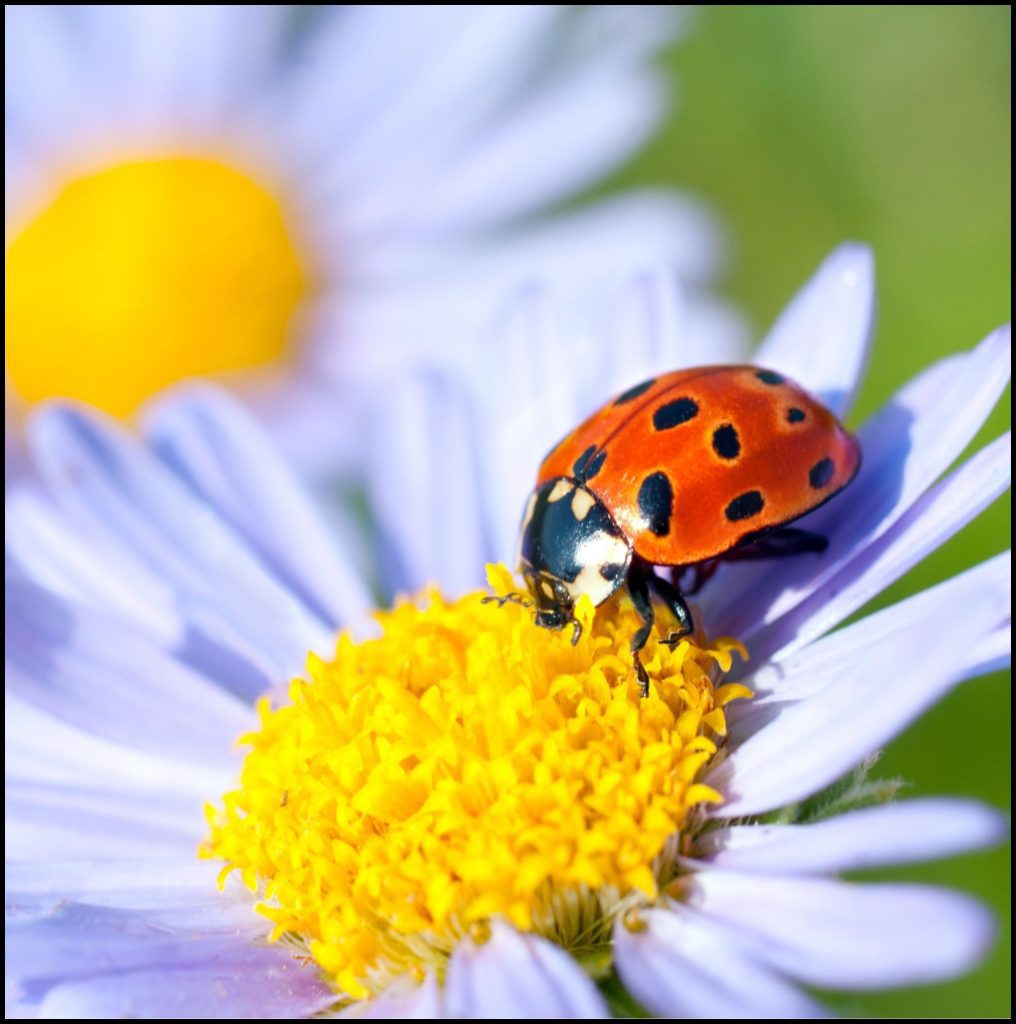
Cultivating a small garden necessitates patience, perseverance, and commitment. It is essential to preserve the garden’s vitality and aesthetics by tending to upkeep duties such as irrigating, enriching the soil, trimming, and managing insects and illnesses.
Neglecting these duties can cause your plant’s health and appearance to deteriorate. With proper care, your little garden can thrive and transform into a delightful and flourishing haven.
Consider the Weather Pattern
In gardening and landscaping, monitoring weather patterns is crucial. By anticipating weather conditions, you can plan ahead and enhance your gardening and landscaping experience. How can you identify the relevant weather patterns?
Understand Your Local Climate
Understanding your local climate is crucial in determining which plants are appropriate for your region and the optimal time for planting. For instance, if you reside in a location with a brief growing period, selecting plants that mature swiftly or endure lower temperatures may be necessary.
Consider Rainfall
Rainfall is an important weather consideration. If your place experiences high rainfall, you should choose plants that can tolerate excess moisture. Conversely, if your area is susceptible to drought, you should opt for plants that can endure dry spells or install a watering system to maintain your garden’s hydration.
Temperature Is Also a Critical Factor
Certain plants flourish in cooler temperatures, while others thrive in warmer environments. Familiarizing yourself with the optimal temperature range for your plants will aid in selecting the appropriate planting season and modifying your garden’s environment if needed.
Extreme Weather Events
Monitor severe weather conditions, such as high temperatures, freezing temperatures, or intense rainfall, as they can harm your garden. It may be necessary to take additional measures, such as providing shade or using frost blankets to protect your plants.
Keeping an eye on weather patterns is vital to successful gardening and landscaping. Understanding your local climatic conditions, including precipitation, temperature, and extreme weather patterns, can assist in selecting appropriate plants, scheduling planting times, and making necessary adjustments.
By dedicating time and energy to your garden, you can create a stunning and satisfying area that you can enjoy for many years. With some creativeness and carefulness, even the tiniest garden can transform into a cherished sanctuary of loveliness and serenity.
Invest in Quality Tools and Equipment
Gardening and landscaping can be a rewarding journey, but it can be difficult without appropriate tools and equipment. While understanding your plants’ requirements is crucial, possessing adequate tools to tend them is equally significant.
Investing in high-quality tools and materials is crucial, as it can greatly enhance your outcomes. Opting for durable hoses, watering cans, and pruning shears can effectively help your work and increase productivity. It’s essential to select tools that are powerful, long-lasting, and tailored to the specific job.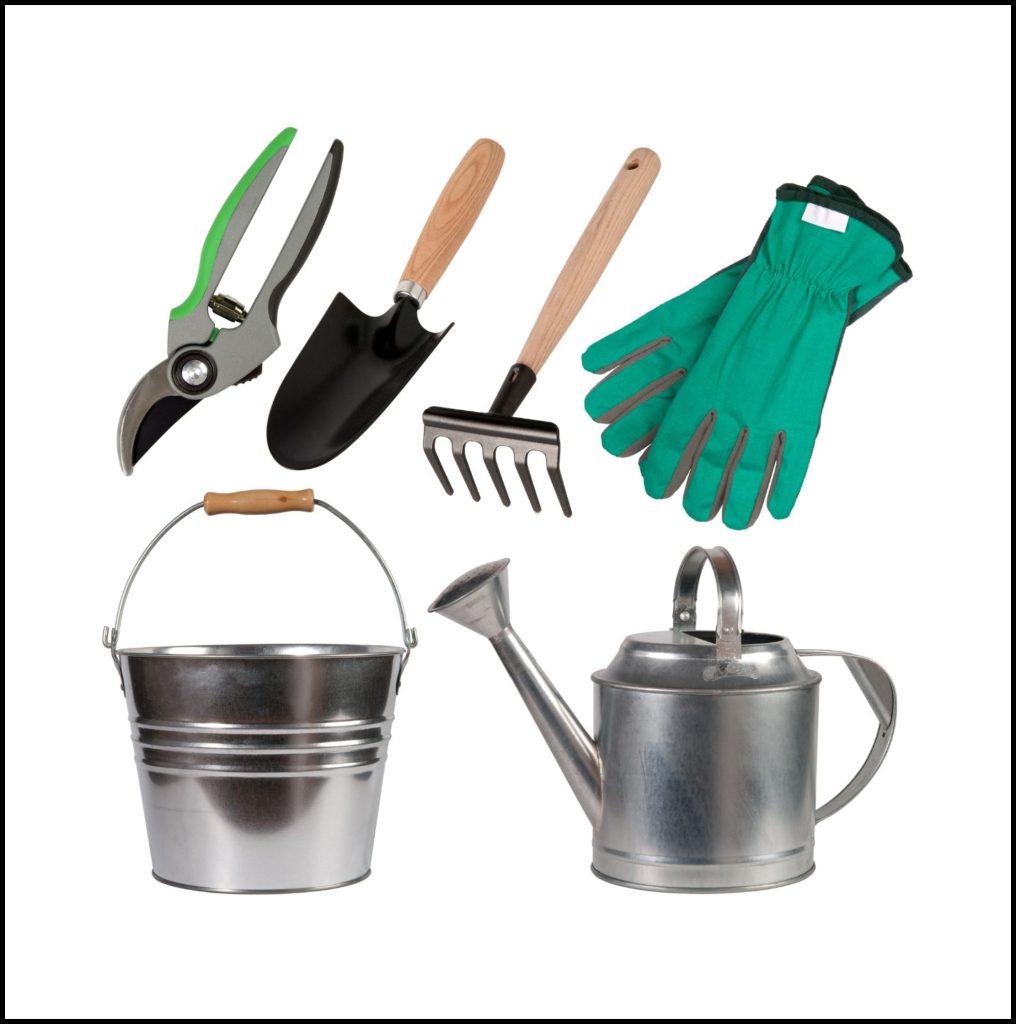
Low-quality tools and equipment can endanger your gardening and landscaping outcomes and even result in costly damages or injuries. When choosing materials, take into account sturdiness, user-friendliness, and suitable dimensions, as well as your individual preferences and gardening technique.
Here are some of the basic tools you need in gardening and landscaping:
Shovels and Spades
A shovel is an indispensable tool for any gardener. It comes in various shapes and sizes and is primarily used for digging, soil movement, and plant transplanting. A durable and well-crafted shovel can significantly impact the success of your garden.
Rake
Another crucial tool for gardening and landscaping is a rake. Rakes are used to smooth out soil, remove debris, and level out your beds. They’re also helpful for preparing your soil for planting, as they help to break up clumps and aerate the soil.
Pruners
Pruning shears are another indispensable tool for any gardener. These sharp scissors are used to trim back overgrown branches, remove dead or damaged leaves, and shape your plants into the desired form. With the right pruning shears, you can keep your plants looking healthy and beautiful all season long.
Watering Cans and Hoses
Watering cans are necessary for keeping your plants properly hydrated. Although you could utilize a hose or a sprinkler, a watering can lets you regulate the amount of water your plants receive with greater precision. This is particularly crucial for delicate or recently planted seedlings, which can be more susceptible to excessive watering.
Create a Centrepiece
A big tree, statue or something else would go a long way toward ensuring you have something attracting attention to the location needed. Decorative trees can be a good way to ensure this works, so follow it up with some accent pieces and you will have excellent results overall. Make this a part of the design and you will have a much better impact in the long run.
Conclusion
To conclude, starting a gardening and landscaping project may appear intimidating initially, nevertheless, with some preparation and perseverance, anyone can have a lavish and prospering outdoor area.
Gardening and landscaping are delightful pastimes for individuals of every age and proficiency. You can enhance your knowledge, abilities, and tools by beginning with a small garden and gradually expanding it while forming a stunning and flourishing garden.
At the end of each project, you will find out your efforts will pay off quite nicely, as everything you worked on will be a wonder to behold. Take your gardening and landscaping a notch higher by adding these eye-candy garden features…

